
Ingredient
Dried mangoes
The Sweet and Tangy Delight
Dried mangoes are made by removing the moisture from ripe mangoes, resulting in a chewy and slightly sticky texture. They have a vibrant orange color and retain the sweet and tangy flavor of fresh mangoes. These dried fruits are a popular choice for snacking, baking, and adding a burst of tropical flavor to various dishes.
Origins and history
Mangoes are believed to have originated in South Asia, particularly in India and Myanmar, where they have been cultivated for over 4,000 years. They have a rich cultural significance in these regions and are often associated with celebrations and religious rituals. Mangoes were later introduced to other parts of the world through trade and exploration. Today, they are widely grown in tropical and subtropical regions across the globe.
Nutritional information
Dried mangoes are a good source of dietary fiber, vitamins A and C, and antioxidants. They are also relatively low in calories, making them a healthier alternative to sugary snacks. A 1-ounce (28g) serving of dried mangoes provides approximately 110 calories.
Allergens
Dried mangoes may contain sulfites, which can cause allergic reactions in some individuals, particularly those with asthma or sulfite sensitivity.
How to select
When selecting dried mangoes, look for pieces that are plump, slightly soft, and free from any signs of mold or discoloration. Avoid those that appear overly dry or have a hard texture, as they may be old or of lower quality. Opt for organic or naturally dried mangoes whenever possible to avoid added sugars or preservatives.
Storage recommendations
To maintain the freshness and quality of dried mangoes, store them in an airtight container in a cool, dry place. Avoid exposing them to moisture or direct sunlight, as this can cause them to become sticky or lose their flavor. Properly stored, dried mangoes can last for several months.
How to produce
Dried mangoes can be produced by slicing ripe mangoes into thin pieces and then drying them using either a dehydrator or an oven set to a low temperature. The drying process can take several hours or even days, depending on the method used and the desired texture.
Preparation tips
Dried mangoes can be enjoyed as a standalone snack, added to trail mixes, granola bars, or baked goods, or used as a topping for salads, yogurt, or desserts. They can also be rehydrated by soaking them in warm water or fruit juice before using them in recipes that require a softer texture.
Culinary uses
Dried mangoes are commonly used in various cuisines, including Indian, Thai, and Filipino. They add a burst of tropical flavor to curries, chutneys, desserts, and beverages. In Indian cuisine, dried mango powder, known as amchur, is used as a souring agent in dishes.
Availability
Dried mangoes are widely available in grocery stores, supermarkets, and online retailers, making them accessible to consumers worldwide.
More ingredients from this category
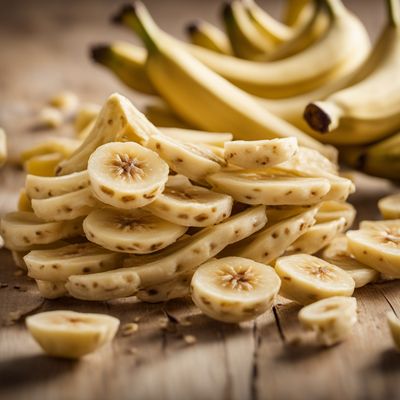
Dried bananas
Nature's Sweet and Chewy Delight: Dried Bananas

Dried vine fruits (raisins etc.)
Nature's Sweet Gems

Chocolate coated dried fruit
Decadent Delights: Chocolate Coated Dried Fruit

Dried apples
The Sweet Essence of Sun-Dried Apples

Fruit chips
Crispy Delights: Fruit Chips
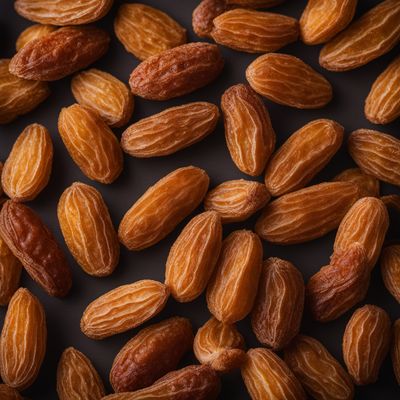
Dried dates
Nature's Sweet Gems

Mixed dried fruits
Nature's Sweet Medley: Exploring the World of Mixed Dried Fruits
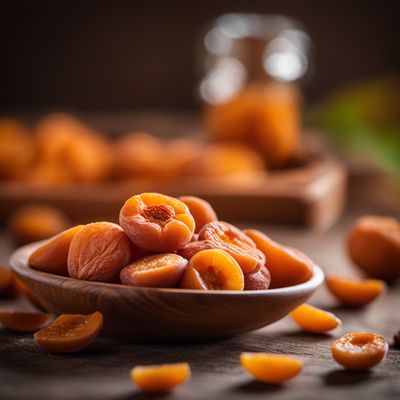
Dried apricots
The Golden Gems: Unveiling the Delights of Dried Apricots

Dried pears
The Sweet Essence of Preserved Pears

Dried figs
Nature's Sweet Gems: Dried Figs

Dried prunes
Nature's Sweet and Tangy Gems
Recipes using Dried mangoes » Browse all

Pulinkari - Tangy Tamarind Curry
Tamarind Delight - A Burst of Tangy Flavors in Every Bite

Nepalese Style Spicy Chicken Stir-Fry
Fiery Himalayan Chicken Delight
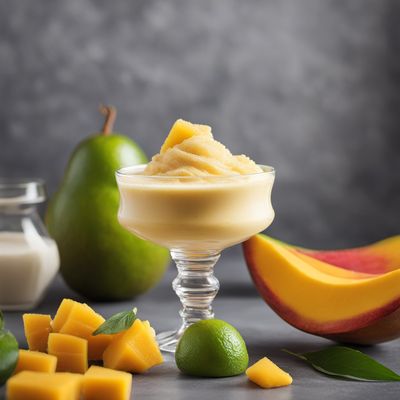
Homemade Mango Sorbetes
Tropical Delight: Homemade Mango Sorbetes
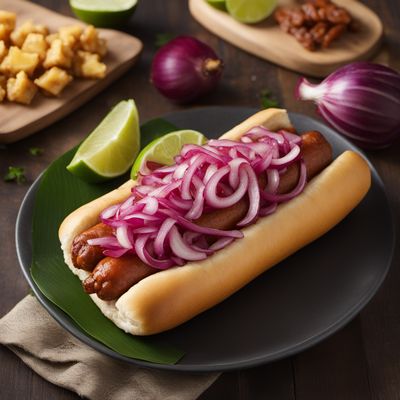
Puka Dog with Tropical Relish
Island Delight: Puka Dog with a Taste of Paradise

Kadhi Pakora - Spiced Yogurt Curry with Fritters
Creamy Delight: Kadhi Pakora - A Flavorful Indian Yogurt Curry

Gujarati Kadhi Recipe
Tangy and Spiced Yogurt Soup: Gujarati Kadhi
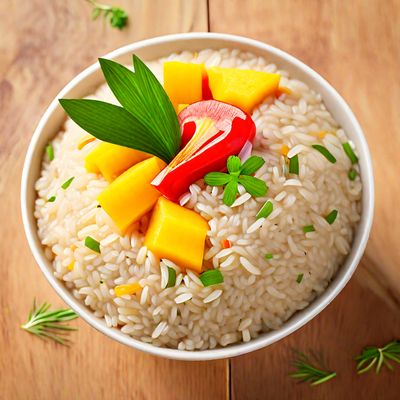
Brazilian-style Risotto
Tropical Delight Risotto: A Brazilian Twist on the Classic Italian Dish
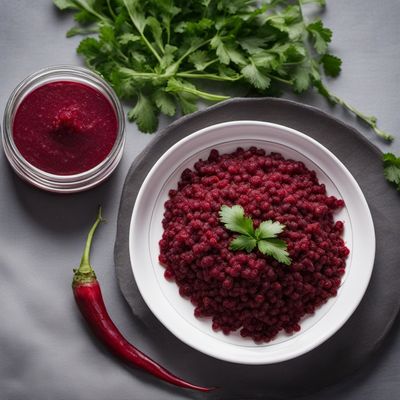
Odia-style Beetroot Chutney
Beetroot Bliss: A Tangy Twist of Odia Flavors
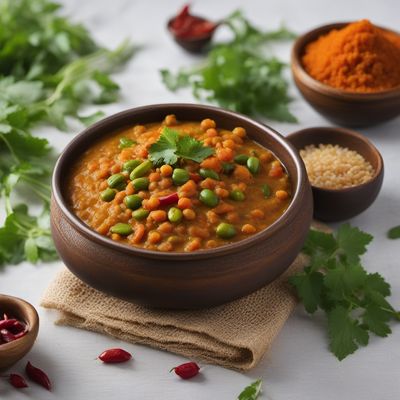
Jain Bisi Bele Bath
Savory Lentil and Rice Medley: Jain Bisi Bele Bath

Spicy Mango Chutney
Tropical Heat: Spicy Mango Chutney Recipe

Laal Maas - Spicy Rajasthani Lamb Curry
Fiery Delight: A Taste of Rajasthan in Laal Maas

Pindi Chole - Spiced Chickpeas from the Heart of India
Savory Delight: Pindi Chole - A Flavorful Journey to the Streets of India